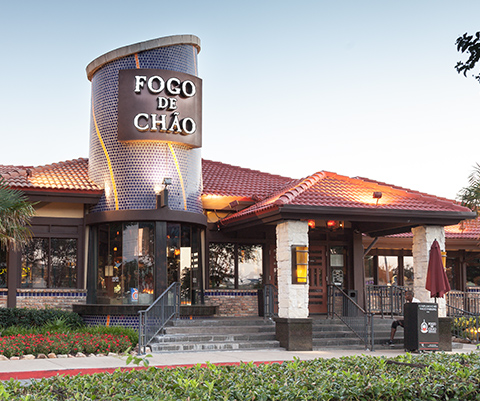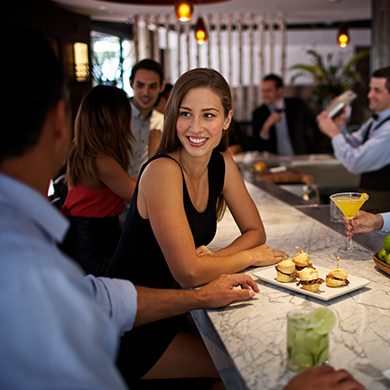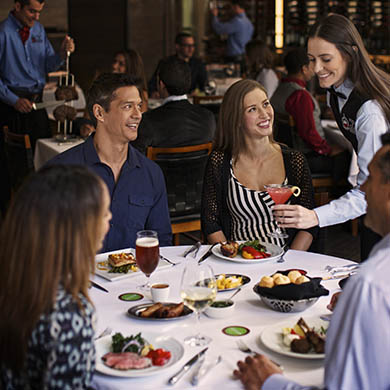The Culinary Landscape of Northeastern Brazil

Many foods in northeastern Brazil, including coconut milk, dendê oil (palm oil) and okra, bear roots in African culture. The most popular dish in this region is moqueca, which combines these flavors – coconut milk, tomatoes, onions, garlic, coriander and dendê oil – to create a uniquely traditional stew. Moqueuca is also served as a seafood dish and is often labeled as the Brazilian version of cioppino or bouillabaisse.
The cuisine of northeastern Brazil was initially disregarded as being particularly relevant or essential to the country’s history or culture, but it’s now widely embraced as one of the most important regional cuisines to Brazil. Other ingredients commonly used or found in regional dishes include manioc, potatoes, corn, fish, legumes and, of course, meat.
Regional Flavors:
Acarajé: Made with black-eyed peas, acarajé is quite similar to a falafel and is traditionally enjoyed fried and stuffed with a dried shrimp sauce.
Bobó de Camarão: Made with manioc, coconut milk and dendê (palm oil), bobó de camarão is a thick, delicious shrimp stew.
Bolo de Aipim: Using manioc as a base, bolo de aipim combines the flour with coconut to create a moist, sweet cake with a texture similar to bread pudding.
Caruru: This stew-like dish contains okra, dried shrimp, peanuts and toasted cashews.
Moqueca de Camarão: The traditional version on this classic stew, often served over rice, contains shrimp, coconut milk, and dendê oil.
Vatapá: Composed of a thick purée of bread, coconut milk, dried shrimp, peanuts, and dendê oil, vatapá also contains an added layer of cooked shrimp, as well.
Xim Xim de Galinha: This braised-chicken dish is made with coconut milk, peanuts, cashews dried shrimp and, of course, dendê oil.






